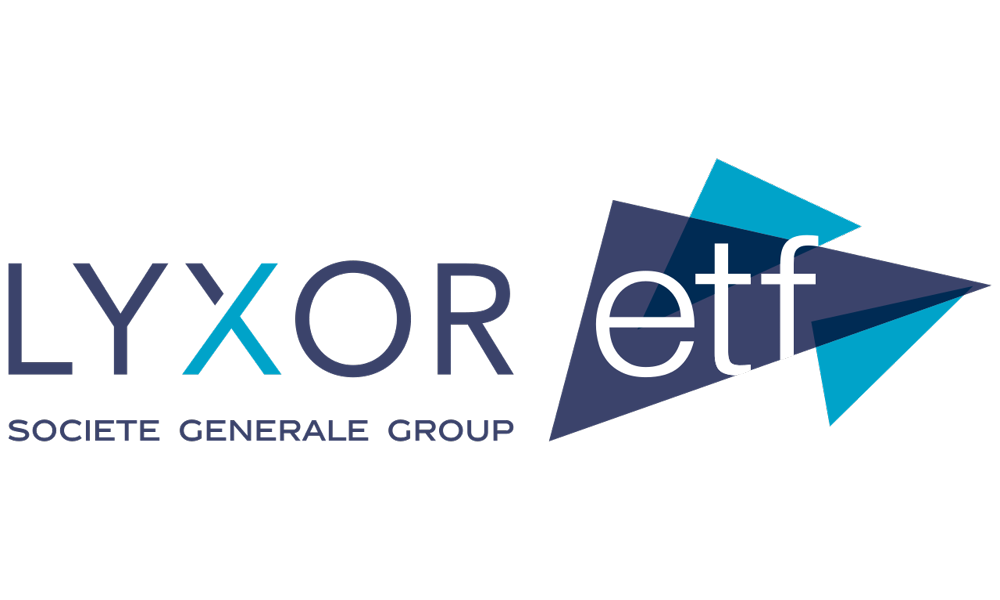The UK's Investment Association (IA) should be applauded for opening a consultation on whether to include ETFs within its fund sectors and should ignore the complaints of the active sector, according to commentators and ETF industry insiders.
The IA announced on Friday last week that in recognition of the growing number of ETFs, the body's 37 fund sectors should be opened up to over 200 funds which it says would be eligible for inclusion.
Only fund that were either UK-domiciled or EU UCITS-qualified would get the nod.
"We are continually monitoring the fund market to ensure that the IA sectors reflect the wide range of products the asset management industry has to offer savers," said Galina Dimitrova, director of investment and capital markets at the IA.
"The primary purpose of the IA sectors is to serve the needs of consumers and their advisers and the addition of ETFs must be done in their best interests."
While the move was criticised in some quarters of the active sphere as leaving open the possibility of ETF inclusion "skewing" the mean average return - or as one source put it, "making it harder for actives to beat the benchmark."
Hector McNeil, co-chief executive at HANetf, certainly welcomed the news of the consultation.
"We think this consultation from the IA shows a great deal of foresight and we welcome the move," he said. "The fact is most investors have a variety of both active and passive strategies in their portfolios, including ETFs, and by including them in comparison tables it will enable investors to gain a better understanding of how their portfolios are performing.
"Improving transparency in this way can surely only be a good thing for end investors, and we hope the scope of ETFs included can also be widened over time."
The paper accompanying the news highlighted the potential impact of allowing ETFs within the sector, including the change in the quartile rankings for existing funds. It pointed to data for the IA Europe ex-UK sector which showed that there would be movement each way by including sector-qualifying ETFs.
The IA said, though, that it "does not envisage disruption to the utility of the sectors themselves."
Beating against the tide
Ryan Hughes, head of active portfolios at AJ Bell, said the inclusion of passive ETFs - which he presumed would occupy the second and third quartile of the performance tables, would "create confusion for investors."
But Peter Sleep, senior portfolio manager at 7IM, was dismissive of such fears. "I cannot see why it would cause confusion," he said. "There are trackers in there already, so why not ETFs.
"A lot of actives like to benchmark against IA sectors, so anything that makes it tougher to beat the IA sectors will be unwelcome. However, there are over 3000 funds in the IA sectors so I wonder whether it will make that much difference."
Adam Laird, head of ETF strategy for Northern Europe at Lyxor and also chairman of the IA's ETF committee, said this was a "game-changing" moment for the ETF industry.
"The IA's consultation acknowledges that ETFs are an important part of the investment world - and need to be included in their classification," he said.
"ETFs are funds and should be categorised alongside. Inclusion should be positive for investors too. The sectors are relied upon by investors for comparing funds, for searching on platforms and for verifying that a fund does what they expect. Choosing the right ETF is just as important as choosing the right fund."
McNeil suggested that the developing marketplace for thematic, smart beta and eventually active ETF products would also be well-served by the move.
"These new ETFs will be much more focused on after fee performance rather than just being judged on how low the fees are, so to have them alongside active funds makes a lot of sense."
The consultation will close on 1 February 2019 and respondents are invited to comment on the potential benefits and drawbacks of including ETFs in the IA sectors, as well as the best means for their inclusion.
The IA's ETF committee was formed in late 2016 to discuss key issues relating to the ETF sector, with members so far including Vanguard, BlackRock and Amundi.






